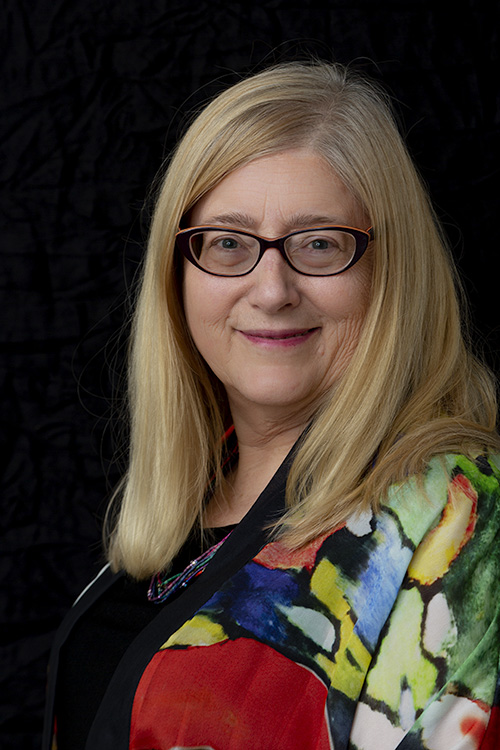Care and Feeding of Your Sexy Novel:
Publishing Without an Agent
Welcome to the third part of this series on publishing your sexy novel. Here is where you can find Part 1 and Part 2.
Now that you’ve signed a contract, it’s time to move from manuscript to published novel. At this point, some agents become less involved, handing off the author to the editorial and marketing professionals at the publishing house. Other agents stay involved, acting as a sounding board for the writer as she progresses through editing and design into the launch phase.
If you are publishing without an agent, it’s important to know what to expect in this part of the process.
Editing Phase:
You submitted your manuscript when your novel was the best you could possibly make it. But if you work with a traditional publisher, they can and should help you to enhance your work even further.
If you’ve negotiated a strong contract, your publisher is responsible to provide this part of the these edits:
- Written editorial guidance, or developmental editing: And the author is responsible for additional content as needed
- Line editing, or rough editing: The author is responsible for reviewing and agreeing with edits or explaining why they should not be incorporated. This is worth doing thoroughly—you’ll be surprised that even an experienced editor can misunderstand your intent, requiring a conversation.
- Proof reading to prepare the final manuscript: The author is responsible for checking final proof. Again, this is key. Typos can be elusive.
The Appearance of the Book:
People can and do judge a book by its cover. Think carefully about your target market and the expectations of your genre. Look online at published books that are similar to yours. What covers are selling well? If your contract is sound, you have approval rights (or at least consultation) on the cover of your book.
You may also be involved with obtaining endorsements (blurbs) for the back cover of your book. Think ahead about who you would want to provide them, especially if you have friends or contacts who have written related books. Their endorsements can help them sell their books too.
A teaser on the back cover (which may be based on your logline or tagline, see the template at the end of this article) will also help drive sales. You may be responsible for writing that material.
The appearance of the interior is key as well. Again, look at expectations for your genre to help guide conversations with your publisher.
Your publisher will ask you for a photo and a brief bio. Plan ahead and be ready for that request. More information on book design here.
The Book Launch:
During the pandemic, authors are typically launching books online. In more ordinary times, authors often host book launch parties at bookstores or other venues. Unless you are working with a major publisher, a book launch party is often organized by the author. Some good tips in this article.
If you host a post-pandemic launch party, be sure to take lots of pictures for your website!
Marketing and Publicity:
Some of the key topics for the marketing and publicity phase include:
- Creating a marketing plan
- When to start marketing and publicity
- Advertising, keywords, outreach to bloggers, etc.
Even with a medium or large publisher, much of the marketing and publicity will be your responsibility as author. This big subject may be the focus of a future blog, but for now, here is one resource (and a quick search will yield you many more). Do NOT underestimate the marketing of your book – this is what determines the success of your project.
The Post-Mortem Phase: Would you work with this midsize press again?
Choices for your next book…
Congratulations on publishing your first novel!
If you’ve been bitten by the writing bug, chances are you will be back one day with your next manuscript. And if you’ve been smart and avoided tying yourself to your publisher via contract language, you will have lots of choices.
Do you want to work with the same publisher again?
If you were working with an agent, right about now you would be sitting down with them for a post-mortem. But you can, and should, do that analysis yourself. Here are some things to consider.
- Did your publisher add value commensurate with taking 85% of the pie? Did they live up to their contract, or did you end up doing part of their job? Did they take the initiative and go the extra mile?
- Comparing publishers: Not all midsize publishers are alike. Talk with your writer friends about their experiences.
And now let’s take it a step further. You saved money by not using an agent. If you choose to, you can make much more money on your next project by going indie.
- Once you have worked with a mid-size publisher, could you do the job yourself? Do you want to? Here are some pros and cons about transitioning to self-publishing:
- Pros:
- You keep a much bigger piece of the pie. Amazon pays out 75% of revenues for books with a unit price of at least $2.99.
- You control your product: If you know a kick-ass cover designer and a fabulous marketer, you can go with them. And you don’t have to make your editor happy.
- Cons:
- You have to do more of the nitty-gritty yourself, like buying your own ISBN numbers and dealing with Amazon. This can take time away from writing.
- The failings of your own manuscript may be invisible to you, and your friends are not likely to tell you. Hire an editor or make some really nasty friends.
- You are responsible for your own marketing and publicity. Of course, the reality in 2021 is that you’re responsible for a lot of that work even if you have a good midsize publisher.
- Pros:
Stay tuned for more in a later blog post about the pleasure and pitfalls of indie publishing your next novel.
But for now, keep the pen moving (or the keys clicking)!


